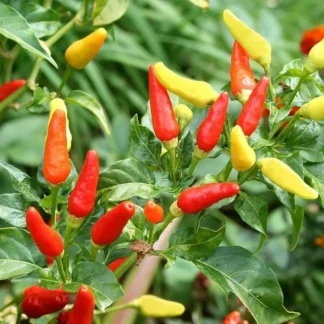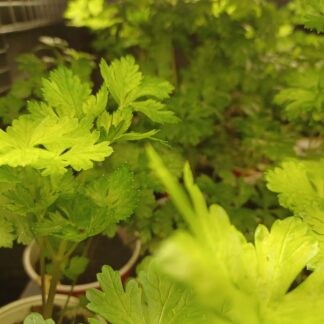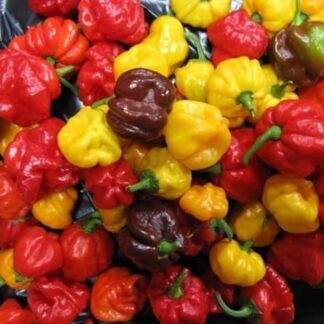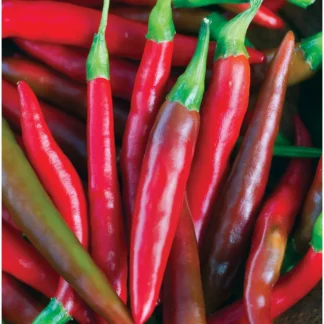Description
| The average numbers of days from when the plant is actively growing in the garden to the expected time to harvest. | The width of the plant at maturity. |
| The typical height of the plant at maturity. | The average size of the fruit produced by this plant. |








